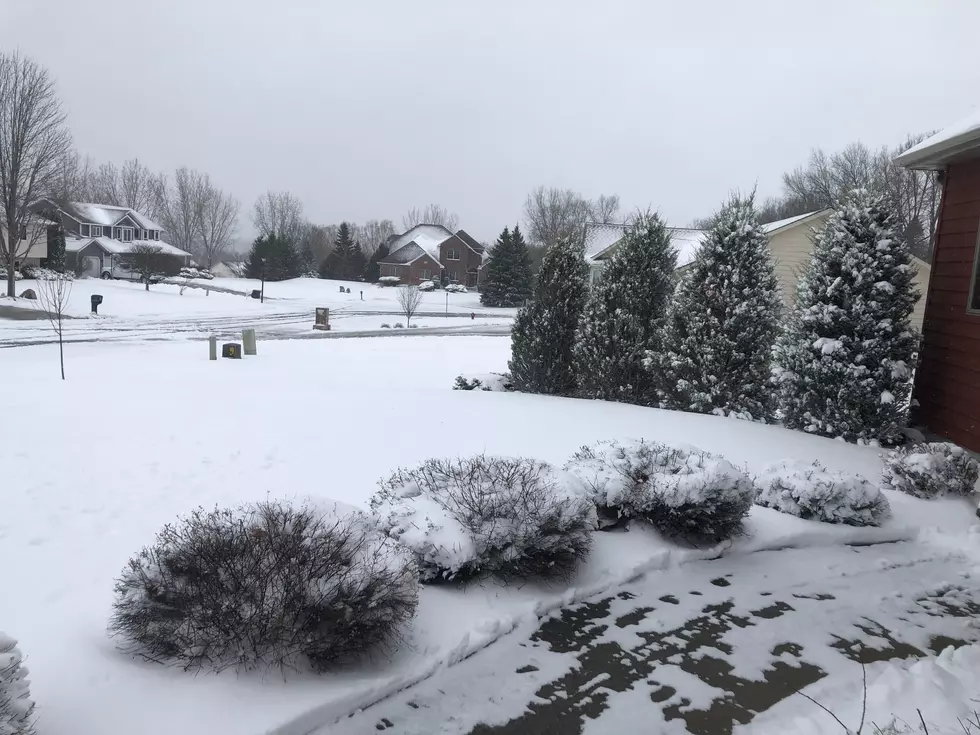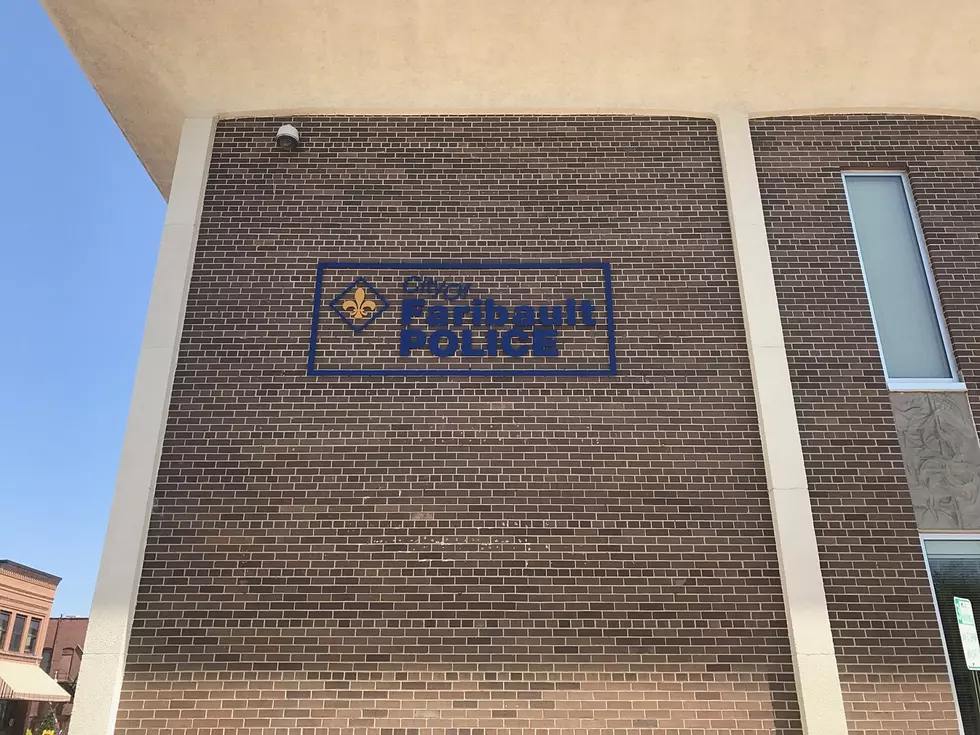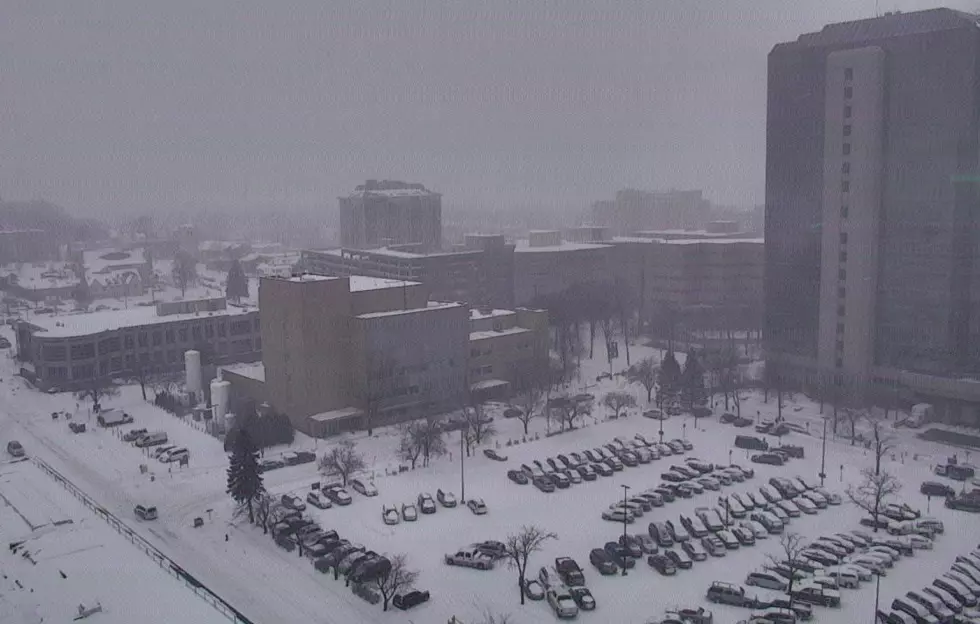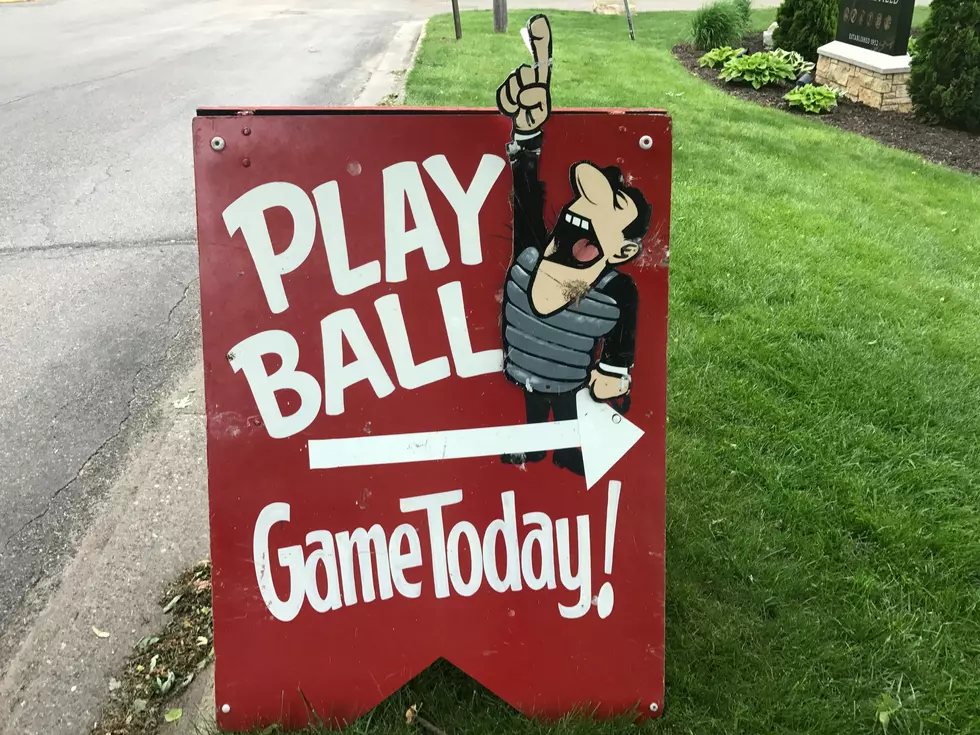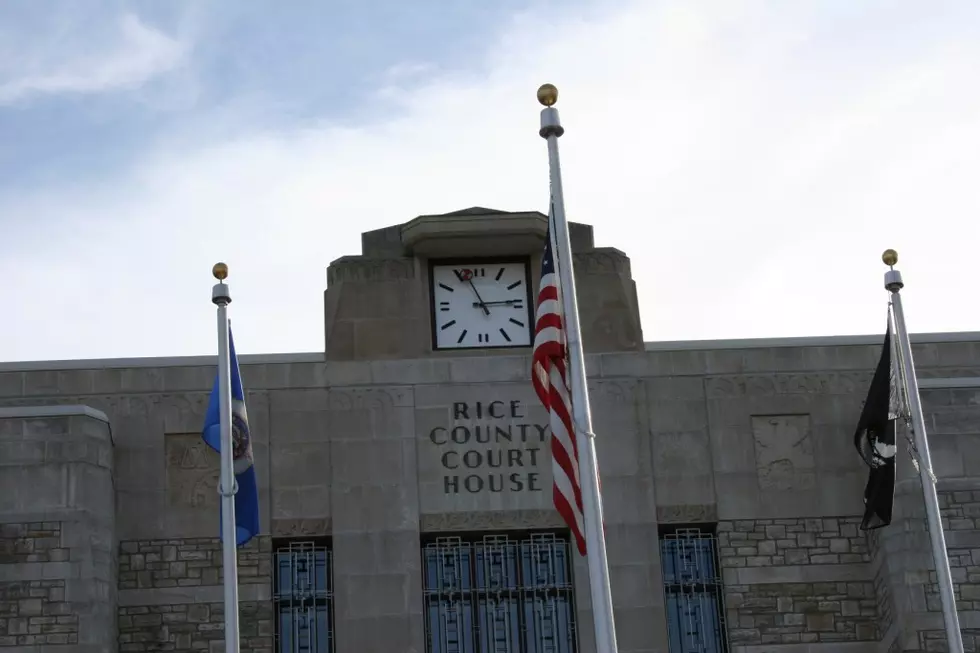
Minnesota Severe Weather: Monday Alerts and Warnings
Severe Weather Awareness Week in Minnesota kicks off today with explanations about alerts and warnings. Nearly every county in our state experiences severe weather of some type each season. Being informed and prepared helps improve your chances of survival.
When I first started working in the radio business in Desoto, Missouri in 1980 we had a United Press International teletype has our only source of severe weather information. One afternoon the skies turned as black as night with a tint of green. I kept looking at the teletype with no severe weather information. Finally I went on the airwaves and told people they might want to seek shelter. I wasn't supposed to do that.
The station was on top of a hill and I honestly thought I was going to die at the ripe old age of 21. The studio had a large window between me and the studio transmitter. The tower was on the same site as the radio station building. The warning came over the teletype about 15 minutes after the storm moved through the area.
Today with smartphones, personal and laptop computers, tablets etc. we can be notified as soon as the radio station. However after you receive the notification you should tune to the local radio station where you are. In the Faribault area that means KDHL 920 AM or POWER 96 95.9 FM. In Owatonna KRFO 1390AM and KAT KOUNTRY 105, 104.9 FM are the spots on the dial.
Downloading the KDHL and POWER 96 apps will save you seconds in the event of severe weather also. If the storms strike close to Faribault the radio station could be knocked off the air with a power outage at the tower site. If power still exists at our studios downtown we will still provide the information over the internet. The best way to access this information is through our apps.
Our cousin stations in Owatonna also have convenient apps for you to use.
You can sign up for emergency notifications from your county or city Emergency Management Department through their Emergency Notification System. These would include immediate Wireless Emergency Alerts (WEA) on your communications devices.
According to Pew Research Center 81 percent of Americans owned a smartphone in August of 2019. 35 percent of US smartphone users check their phones more than 50 times a day. According to Data Reportal worldwide, more people now own a cell phone than a toothbrush.
According to Rescue Time in 2019, for the first time, the average U.S. adult spent more time on their mobile devices than watching television. According to Business2Community in 2019 92% of Facebook's advertising revenue came from mobile.
Still there are a number of people over the age of 65 without these devices so outdoor siren activation is still very important. According to Bank My Cell approximately 47% of the 65+ age group are smartphone users. 91% of college graduates use a smartphone.
The cities and counties determine when the outdoor sirens are activated not the National Weather Service. Sirens can and are often sounded with no National Weather Service warning if local emergency management officials believe severe weather is a threat.
The National Weather Service uses the words "advisory", "watch" and "warning" to alert us to potentially dangerous weather.
- Advisory: Used when a, "hazardous weather or hydrologic event is occurring, imminent or likely.
- Watch: Means, "weather conditions are favorable for dangerous weather to occur." In other words watch out for possible severe weather and be ready if it happens.
- Warning: Means, "the weather event is imminent or occurring in the defined warning area. People need to seek shelter immediately."
Tune in Tuesday morning at 9:30 or evening at 7:00 for a special Severe Weather Awareness Show on KDHL that will feature local information by the local emergency management people who will make local decisions when severe weather strikes.

More From KDHL Radio
